Related Research Articles
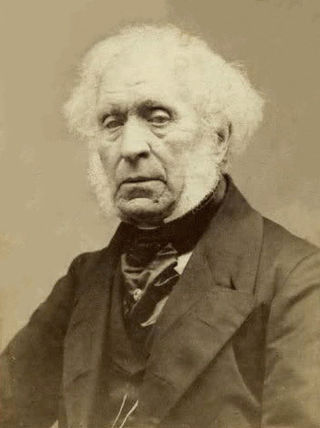
Sir David BrewsterKH PRSE FRS FSA Scot FSSA MICE was a British scientist, inventor, author, and academic administrator. In science he is principally remembered for his experimental work in physical optics, mostly concerned with the study of the polarization of light and including the discovery of Brewster's angle. He studied the birefringence of crystals under compression and discovered photoelasticity, thereby creating the field of optical mineralogy. For this work, William Whewell dubbed him the "father of modern experimental optics" and "the Johannes Kepler of optics."

Joseph Henry was an American scientist who served as the first Secretary of the Smithsonian Institution. He was the secretary for the National Institute for the Promotion of Science, a precursor of the Smithsonian Institution.

Robert Jameson FRS FRSE was a Scottish naturalist and mineralogist.

The Royal Society of Edinburgh (RSE) is Scotland's national academy of science and letters. It is a registered charity that operates on a wholly independent and non-partisan basis and provides public benefit throughout Scotland. It was established in 1783. As of 2021, there are around 1,800 Fellows.

Ami Boué was a geologist of French Huguenot origin. Born at Hamburg he trained in Edinburgh and across Europe. He travelled across Europe, studying geology, as well as ethnology, and is considered to be among the first to produce a geological map of the world.
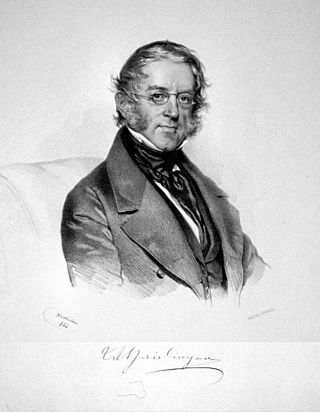
Wilhelm Karl Ritter von Haidinger was an Austrian mineralogist.
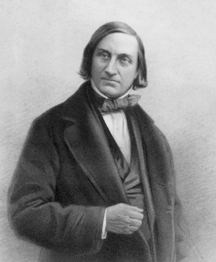
Edward Forbes FRS, FGS was a Manx naturalist. In 1846, he proposed that the distributions of montane plants and animals had been compressed downslope, and some oceanic islands connected to the mainland, during the recent ice age. This mechanism, which was the first natural explanation to explain the distributions of the same species on now-isolated islands and mountain tops, was discovered independently by Charles Darwin, who credited Forbes with the idea. He also incorrectly deduced the so-called azoic hypothesis, that life under the sea would decline to the point that no life forms could exist below a certain depth.

Baden Powell, MA FRS FRGS was an English mathematician and Church of England priest. He held the Savilian Chair of Geometry at the University of Oxford from 1827 to 1860. Powell was a prominent liberal theologian who put forward advanced ideas about evolution.
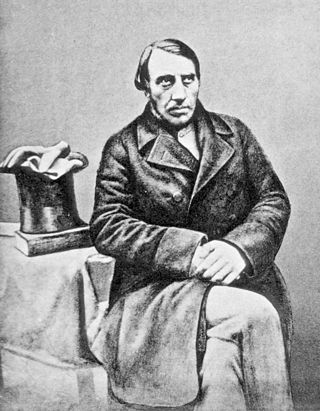
John Goodsir was a Scottish anatomist and a pioneer in the formulation of cell theory.
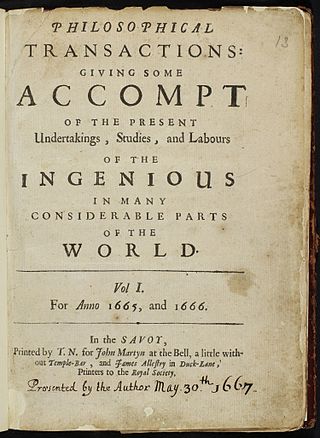
Philosophical Transactions of the Royal Society is a scientific journal published by the Royal Society. In its earliest days, it was a private venture of the Royal Society's secretary. It was established in 1665, making it the first journal in the world exclusively devoted to science, and therefore also the world's longest-running scientific journal. It became an official society publication in 1752. The use of the word philosophical in the title refers to natural philosophy, which was the equivalent of what would now be generally called science.
Charles Darwin's education gave him a foundation in the doctrine of Creation prevalent throughout the West at the time, as well as knowledge of medicine and theology. More significantly, it led to his interest in natural history, which culminated in his taking part in the second voyage of the HMS Beagle and the eventual inception of his theory of natural selection. Although Darwin changed his field of interest several times in these formative years, many of his later discoveries and beliefs were foreshadowed by the influences he had as a youth.

Thomas Thomson MD was a Scottish chemist and mineralogist whose writings contributed to the early spread of Dalton's atomic theory. His scientific accomplishments include the invention of the saccharometer and he gave silicon its current name. He served as president of the Philosophical Society of Glasgow.

Henry Darwin RogersFRS FRSE LLD was an American geologist. His book, The Geology of Pennsylvania: A Government Survey (1858), was regarded as one of the most important publications on American geology issued up to that point.

The Philosophical Magazine is one of the oldest scientific journals published in English. It was established by Alexander Tilloch in 1798; in 1822 Richard Taylor became joint editor and it has been published continuously by Taylor & Francis ever since.
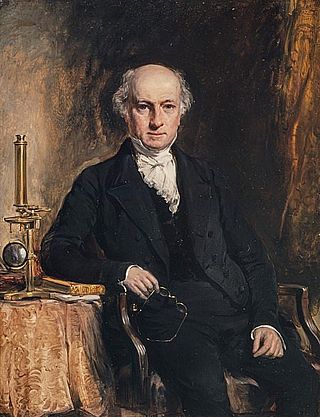
George Johnston was a Scottish physician and naturalist.
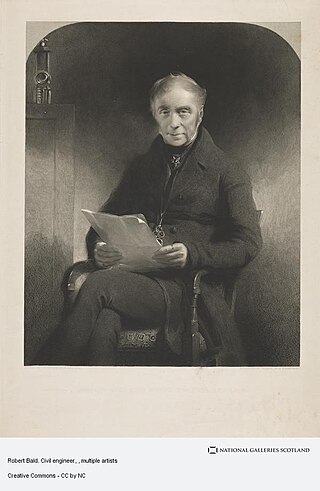
Robert Bald FRSE FSA MWS (1776–1861) was a Scottish surveyor, civil and mining engineer, and antiquarian. Robert Bald was one of the earliest and most eminent mining engineers and land surveyors in Scotland, and by the late nineteenth century he was referred to as "the acknowledged father of mining engineering in Scotland".
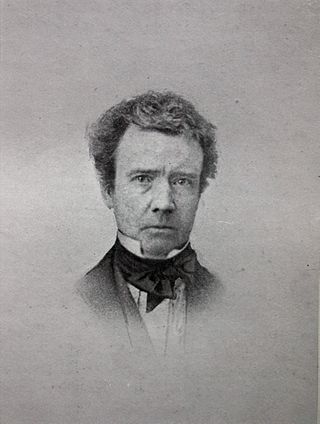
Robert William Jameson, WS, was a Scottish Writer to the Signet in Edinburgh, Town Councillor, newspaper editor, poet and playwright. He was the father of Sir Leander Starr Jameson, South African statesman and prime minister, and the nephew of Professor Robert Jameson of the University of Edinburgh. Born in Edinburgh in 1805, Robert William was the son of Thomas Jameson, a wealthy shipowner, merchant and burgess of the city of Edinburgh, as recorded in Colvin, Vol. 1: 1-2 (1922). Colvin writes of Robert William's father and grandfather, both of whom were named Thomas Jameson, that:
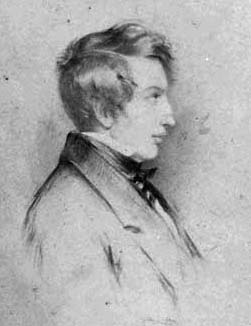
Duncan Farquharson Gregory was a Scottish mathematician.
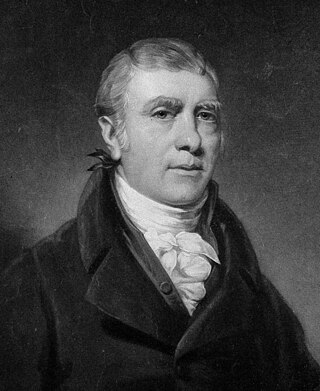
John Barclay was a Scottish comparative anatomist, extramural teacher in anatomy, and director of the Highland Society of Scotland.
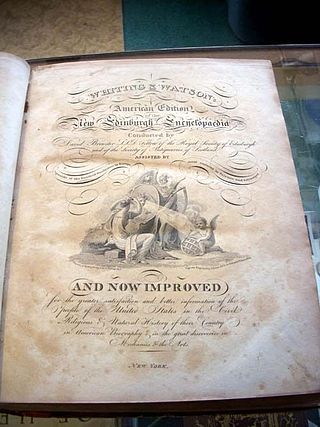
The Edinburgh Encyclopædia is an encyclopaedia in 18 volumes, printed and published by William Blackwood and edited by David Brewster between 1808 and 1830. In competition with the Edinburgh-published Encyclopædia Britannica, the Edinburgh Encyclopædia is generally considered to be strongest on scientific topics, where many of the articles were written by the editor.
References
- 1 2 "Brewster, David (1781-1868) and Robert Jameson (1774-1854), editors. The Edinburgh Philosophical Journal. Edinburgh: for Archibald Contable and Company, 1819-1826. 14 volumes. - Continued as: The Edinburgh New Philosophical Journal. Edinburgh: for Adam Black, etc., 1826-1830. 8 volumes". Christie's Auctions & Private Sales. 14 June 2006. Retrieved 28 March 2021.
- ↑ "Biographical Memoir of the Late Professor Jameson". The Edinburgh New Philosophical Journal. A. and C. Black. 1854. pp. 1–.
- ↑ Smithsonian Institution (1866). Catalogue of Publications of Societies and of Periodical Works Belonging to the Smithsonian Institution: January, 1866. Smithsonian Institution. pp. 354–355.